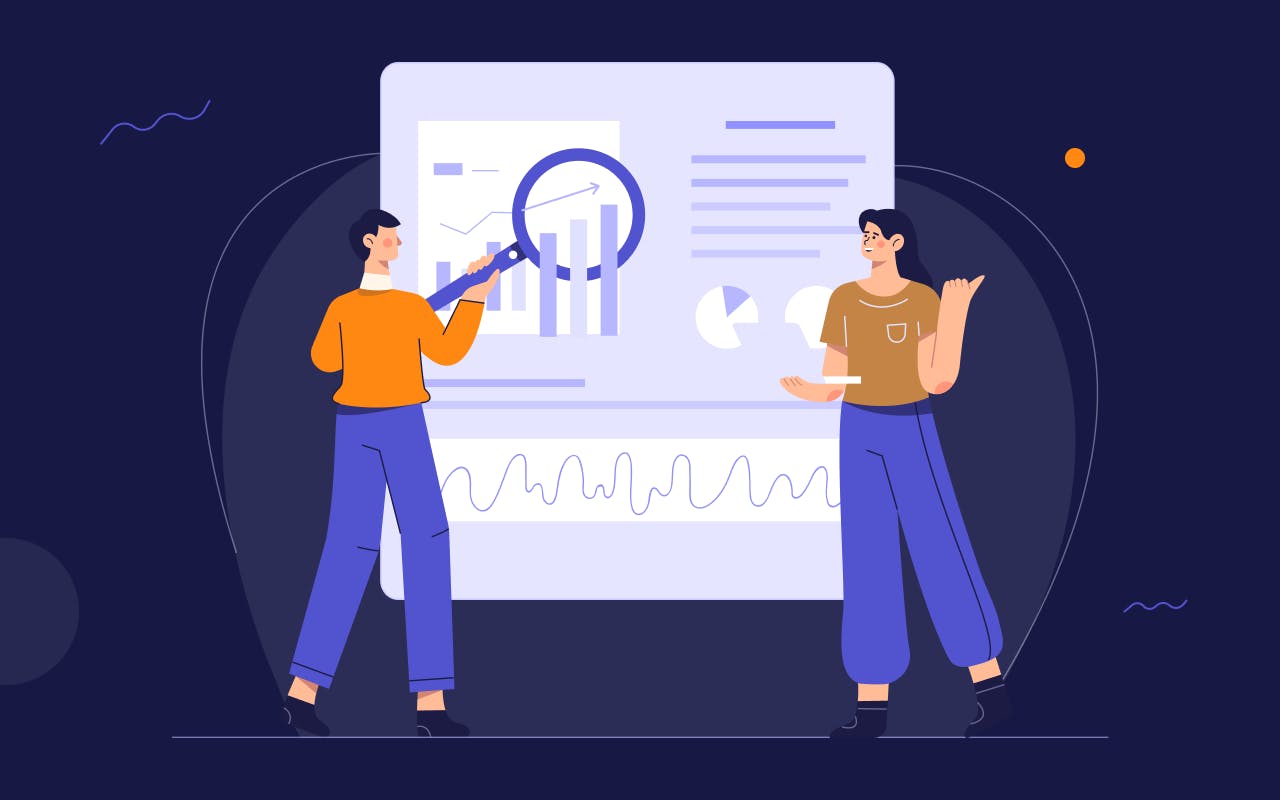What is MLP: why product development analytics is important and how not to mess up with it?
Many might say, the minimum viable product (or MVP) approach is the best option in terms of satisfying users’ needs. There is an app, and there is its main function. A delivery app helps to get food in two clicks, an app for buying airline tickets helps to buy airline tickets. MVP assumes that users have a specific need and offers a minimal solution. But does minimal always mean good? No doubt, MVP is a great option to handle users’ needs at first and test the waters with your new product. But what’s next? In this article, we’ll talk about an approach you can use to create a product able to win the hearts of users.
MVP vs MLP
Customers use only those apps that they actually need and that meet their needs.. This is what the MVP approach is based on, but it is not designed to be long-term. What if users have a choice between five taxi ordering apps — which one will they choose?
With the current oversaturation of the market, simply creating an MVP and sticking with it for a long time will not work. With the right positioning tactic, some basic functions may be enough for a start. The point is to do the minimum until you can do more. But to scale the product, you have to decide how to make your product valuable for the user in the long run. And here comes the MLP approach. But what does MLP mean? MLP acronym stands for minimum lovable product. When companies create test MLP versions of their products and offer them to customers, they can get the information they need to develop the product further. After launching the product, entrepreneurs can see if the customers understand the basic idea behind it and if they want to use it.
At Ronas IT, we don’t feel like setting these two approaches against each other. Rather, MLP is a reinterpretation of MVP. In this case, the definition of “lovable” is “to solve customers’ problems in a way they would like and make them come back.” It doesn’t mean dividing approaches into black and white, into good and bad. It means creating a product that can attract users and turn them into loyal customers.
When you google the difference between MVP and MLP you may also come up with another abbreviation — an MMP. To define MMP or minimum marketable product, we also refer to the definition of MVP. MMP is the same as a minimum viable product, except for the goal of MVP is to launch the product to the market and see how the first users react, while MMP is released not for the first users, but for the target audience of the product. Unlike MVP, MMP focuses on users’ experience of the product and how well it meets clients’ expectations.
To understand where all these come from and why we’re even talking about it, let’s take a step back and look at where the product development process starts.
Business analysis development stage
The foundation stage of any product development is the business analysis stage, where experts determine the target audience and find solutions to user problems. Business analysis is carried out to make an application competitive. This approach takes into account all possible opportunities and provides financial benefits for the products. Business analysis is used to determine feature prioritization and the scope of the project.
Which approach to use — MVP or MLP — is determined at the business analysis stage. Clients can decide which path to follow on their own, and if they are looking for a team or already have one, the project is handed over to development. Or, if a client decides to work with an outsourced agency, they can call a sales manager who collects requirements, preferences, hypotheses, and business goals. Then this information is passed to the business analysts, who then offer the client a ready solution.
Learn more about all development stages at Stories & Articles.
How does it work?
To explain the difference in project development in MVP and MLP, let us take a real-life example.
Imagine, that you have to find a solution to feed a person.
- An MVP solution is to give the person some food, perhaps something they’ve never tried, yet inexpensive and not packaged. Ask to pay in cash only.
- An MLP solution is to invite the person to a restaurant, put them in a comfortable seat, serve some incredible dishes on nice plates, and let them pay in any way they want.
In both cases, users’ needs are met. Moreover, neither option is worse or better. Each of them works in different situations. MVP is a vehicle for conditions of uncertainty. When you’re going to release something innovative, you can’t analyze the market, as there are almost no competitors. The same applies to young markets. MLP is a tool for predictable conditions, when you are doing something for an existing market all your competitors are known and you can do an analysis.
What’s the difference in the process?
We have a hypothesis for MVP — the person wants to eat and is ready to accept satisfactory conditions for it. We test this hypothesis, we give them food, and we don’t bother with design, packaging, etc. But people still buy it because there is a need.
In the case of MLP, we have a problem — people want something special, not just food. They’ve been through a lot of places and they want something unique.
MVP is when you have need-based buying.
MLP is when they buy from you because you’re cool.
To make an MLP you have to spend time on business analytics. Check all direct competitors and replacement products. Identify their weaknesses and strengths, and start by preparing a commercial proposal. Prepare a hypothesis, namely to highlight the disadvantages of others, and turn them into your benefits to get a competitive advantage.
So, when is MLP needed?
Now users have access to more apps than ever. If there is something in an app they don’t like, they will download another app. MVP assumes that the only thing that matters is whether customers can get what they want by using the app or not. They come in to order a meal, and they get it. MLP, on the other hand, tells us to meet user needs at every stage. For testing and validating an idea in the marketplace, an MVP works fine, but if you want to make a competitive product from the first steps, you need to think about creating an MLP.
Let’s summarize, when do we need MLP:
- When a product is not the only one in a niche and needs to provide an exceptional user experience to beat the competition
- When you want to win the loyalty of your target audience right away
- When you want to make your users regular clients
- When you’ve already created an MVP and want to move on to the next stage
Even if you want to introduce an updated version of your product with advanced features and functions, there is no compulsion for your audience to accept it. This is in contrast to a minimally viable product (MVP). An MVP is intentionally launched to get some feedback from the customers and general audience to test its acceptance in the marketplace, while an MLP is a product already accepted by the audience.
Conclusion
In fact, to separate the concepts of MVP and MLP is not so important, it is crucial to understand that in product development, the main thing is to focus on the user and his request, to find a match with the market. Once you reach that goal, you can get serious about marketing and thinking about moving from a minimal product to the next level, adding new features and expanding functionality.
And there is no need to worry. If you’re interested in developing your own product, it doesn’t mean that the burden of defining a unique product offering will fall entirely on you. Contact a development agency, where experts with extensive experience will help you define your product’s business goals, its functions, and help you create a competitive product with a stunning UI/UX design.
At Ronas IT, we can make UI/UX design, branding, graphic and logo design, or develop a web or a mobile product. Ronas IT services will provide you with help to launch the working version of the product in 3 months in order to increase profits or reduce operating costs. If you want to ask for the best application design and development, you can leave a request here.

